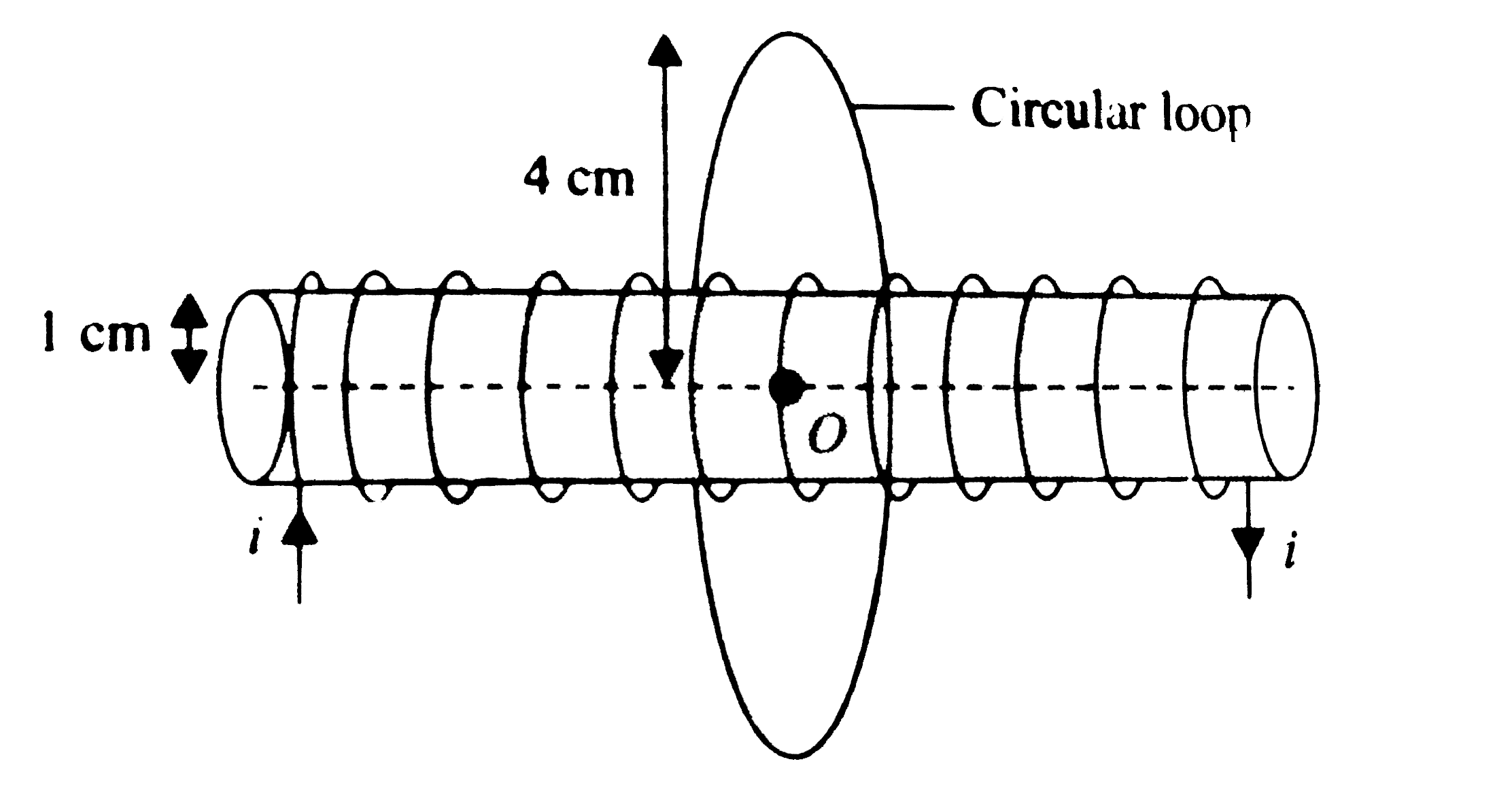In anther culture, some diploids plants were reported with haploids, they have developed from
Prothallial cell of pollen grain
Generative cell of pollen grain
Cells of anther wall
Exine of pollen grain
The correct Answer is:C
Step-by-Step Solution:
1. Understanding Anther Culture: Anther culture is a technique used in plant tissue culture where the anthers (the part of the stamen that contains pollen) are cultured to produce haploid plants. This process is significant for plant breeding and genetic studies.
2. Identifying the Types of Cells in Anthers: In the anther, there are various types of cells, including:
- Prothallial cells of pollen grains
- Generative cells of pollen grains
- Cells of the anther wall
- Exine of pollen grains
3. Analyzing the Question: The question states that diploid plants were reported with haploids in anther culture. This indicates that the haploid plants must have developed from cells that can give rise to haploids.
4. Determining the Source of Haploids:
- Prothallial cells and generative cells are associated with pollen grains, which are typically haploid.
- The cells of the anther wall are diploid. However, under certain conditions, they can undergo a process called "haploid induction," leading to the formation of haploid plants.
5. Conclusion: Since the question specifies that diploid plants were reported with haploids, the correct answer must be related to the diploid cells that can give rise to haploids. Thus, the haploids developed from the cells of the anther wall.
6. Final Answer: The correct option is cells of anther wall (Option C).
---
- Prothallial cells of pollen grains
- Generative cells of pollen grains
- Cells of the anther wall
- Exine of pollen grains
- Prothallial cells and generative cells are associated with pollen grains, which are typically haploid.
- The cells of the anther wall are diploid. However, under certain conditions, they can undergo a process called "haploid induction," leading to the formation of haploid plants.
Topper's Solved these Questions
- SEXUAL REPRODUCTION IN FLOWERING PLANTS BOOK - AAKASH SERIESCHAPTER - SEXUAL REPRODUCTION IN FLOWERING PLANTS EXERCISE - EXERCISE - III (Previous AIPMT/NEET Questions )
61 Videos
- SEXUAL REPRODUCTION IN FLOWERING PLANTS BOOK - AAKASH SERIESCHAPTER - SEXUAL REPRODUCTION IN FLOWERING PLANTS EXERCISE - EXERCISE - I (Apomixis and Polyembryony )
3 Videos
- REPRODUCTIVE HEALTH BOOK - AAKASH SERIESCHAPTER - REPRODUCTIVE HEALTH EXERCISE - EXERCISE-III (PREVIOUS AIPMT/NEET QUESTIONS)
21 Videos
- STRATEGIES FOR ENHENCEMENT IN FOOD PRODUCTIONBOOK - AAKASH SERIESCHAPTER - STRATEGIES FOR ENHENCEMENT IN FOOD PRODUCTIONEXERCISE - EXERCISE-III
68 Videos
Similar Questions
Knowledge Check
A long solenoid having n = 200 turns per metre has a circular cross-section of radius a1=1cm. A circular conducting loop of radius a2=4cm and resistance R=5(Ω) encircles the solenoid such that the centre of circular loop coincides with the midpoint of the axial line of the solenoid and they have the same axis as shown in Fig.

A current 't' in the solenoid results in magnetic field along its axis with magnitude B=(μ)ni at points well inside the solenoid on its axis. We can neglect the insignificant field outside the solenoid. This results in a magnetic flux (ϕ)B through the circular loop. If the current in the winding of solenoid is changed, it will also change the magnetic field B=(μ)0ni and hence also the magnetic flux through the circular loop. Obvisouly, it will result in an induced emf or induced electric field in the circular loop and an induced current will appear in the loop. Let current in the winding of solenoid be reduced at a rate of 75A/sec.
When the current in the solenoid becomes zero so that external magnetic field for the loop stops changing, current in the loop will follow a differenctial equation given by [You may use an approximation that field at all points in the area of loop is the same as at the centreAparthenogenesis, which is a form of apomixisBparthenogenesis, which is a form of amphimixisCadventive embryony, which is a form of apomixisDagamospermy, which is a form of amphimixis.
Anther culture yields some haploid and diploid plants. Diploid plants are produced from :-
View SolutionNew pineapple plants develop from
View SolutionHaploid plant cultures are got from
View SolutionDevelopment of haploid plants from pollen is
View SolutionWater plants usually have well developed
View SolutionAssertion a. Gametes are formed independently either from diploid or haploid parents. Gametes are always haploid
Reason r. In diploid parents, gametes are formed through mitosis and meiosis while in haploid parents it occurs through meiosis.
View SolutionHaploids from anther were first obtained from
View Solution
